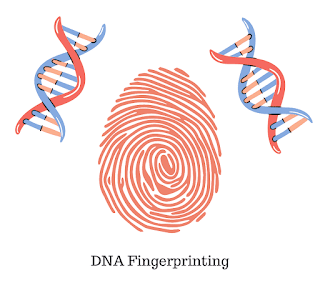NASA will send a drone to Saturn's largest moon
NASA will send a drone to Saturn's largest moon
Why Saturn?
It is the only celestial body besides our planet known to have liquid rivers, lakes and seas on its surface. Though these contain hydrocarbons like methane and ethane not water. This cutting-edge mission would have been unthinkable even just a few years ago but we are now ready for dragonflies amazing flight.What it will discover?
NASA said the vehicle would have 8 routers and fly like a large drone. During its 2.7 year baseline mission, Dragonfly will explore diverse and environments from organic dunes to the floor of an impact crater where liquid water and complex organic materials key to life once existed together for possibly 10 of thousand of years.It's instruments will study how for prebiotic chemistry may have progressed. They also will investigate the moon's atmospheric and surface properties and its subsurface ocean and liquid reservoirs. Additionally, instruments will search for chemical evidence of past or extant life.
Where it will land?
The craft will land first at the equatorial "Shangri-La" dune, exploring the region in short trips before building up to longer "leapfrog" flight of 8 Km.Follow us on Facebook- SCIENCEDOZE
Thanks for reading!!



